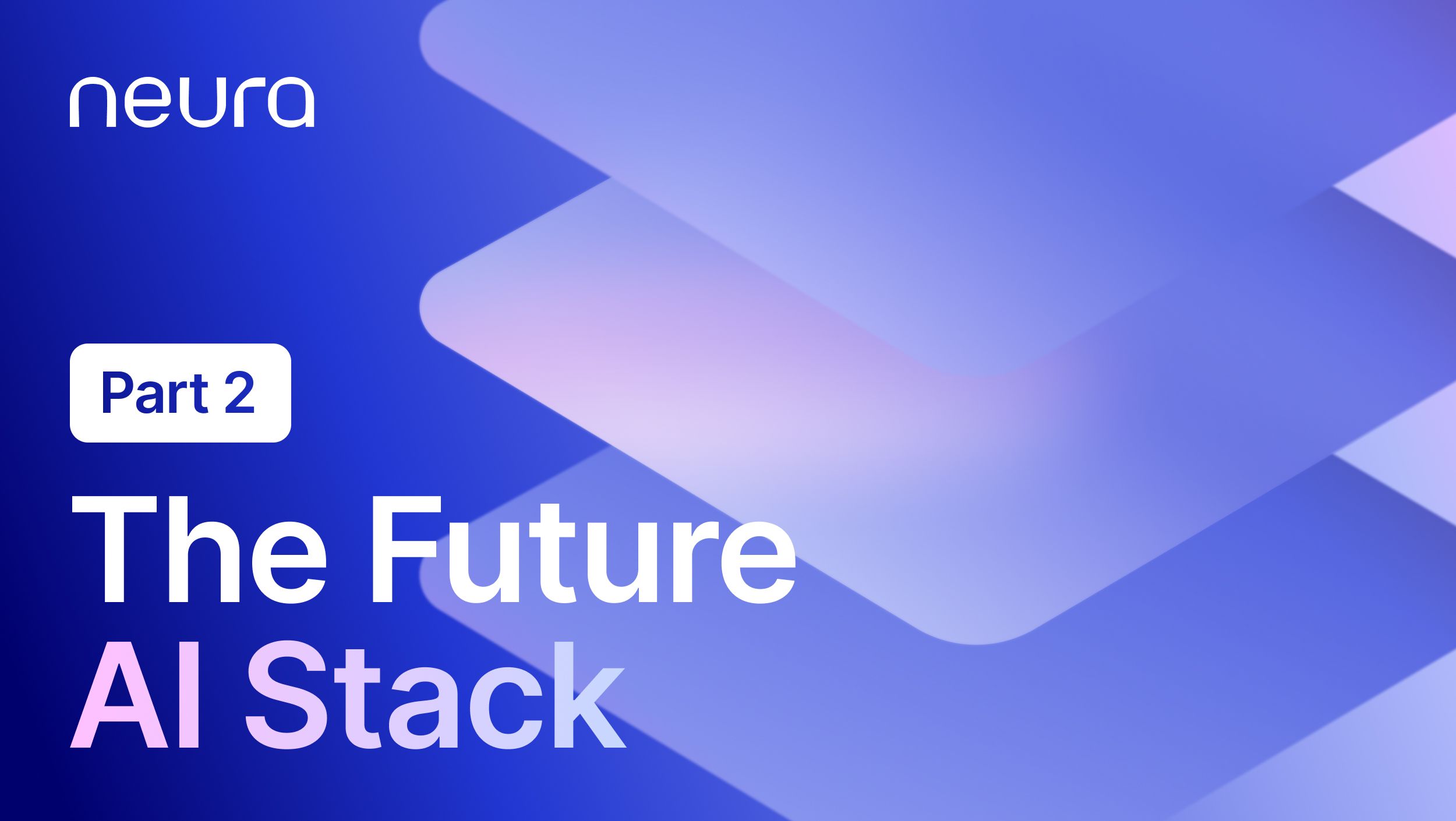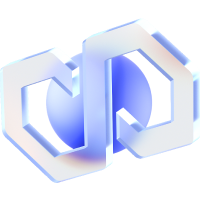The Future AI Stack Explained Part Two: IMOs

Kevin Dwyer
June 6, 2024
4 min read

With the release of GPT-4o, the hype surrounding AI is boosted even further with next-generation conversational abilities and uncanny analysis of the world. As AI gets eyes, ears, and a voice with more upgrades occurring at a breakneck pace, the industry seems on an unstoppable tear. But this transformative power comes at a cost – the resources required to develop and deploy cutting-edge AI models can be astronomical. With only large companies able to bear the burden of infrastructure and R&D costs, this leaves much of AI development and our digital future once again in the hands of tech giants like Google, Microsoft, Meta, and OpenAI.
So, how can we tip the scales back in favor of developers and democratization when it comes to AI?
Enter Initial Model Offerings (IMOs), a novel funding mechanism poised to disrupt the traditional AI investment landscape. This article delves into the intricate world of IMOs, exploring their inner workings, potential benefits, and considerations for investors and developers alike.
See How Neura’s Next-Gen AI Stack Can Power Your AI Business
- Global GPU Marketplace
- Decentralized Data Storage
- Initial Model Offerings (IMOs)
Demystifying IMOs: A New Chapter in AI Investment
IMOs draw inspiration from Initial Public Offerings (IPOs) in the stock market. However, instead of companies, IMOs offer contributors a stake in AI models themselves. Imagine a powerful AI model capable of generating realistic, human-quality video content. An IMO for this project would allow participants to purchase tokens, granting them access to the model's services (video generation), a share of the profits it generates (through licensing fees), or even voting rights on the model's future development.
Here's a breakdown of the IMO framework:
Tokenization: The core of an IMO lies in tokens, digital assets built on blockchain technology. These tokens represent an investment in the AI model, and their specific function varies depending on the project. They can entitle holders to:
- Model Access: The right to use the AI model for specific purposes, like the video generation example above.
- Revenue Sharing: A portion of the profits generated by the AI model's services.
- Governance Rights: A say in the model's development and future direction.
Blockchain Integration: IMOs leverage the power of blockchain technology to ensure secure and transparent model ownership transactions. This fosters trust between investors and project developers by providing an immutable record of funding, token distribution, and model usage.
Connection to Computational Resources: One of the biggest hurdles in AI development is access to the vast computing power required to train and run complex models. Some IMO platforms integrate with cloud computing providers, allowing investors to contribute not just capital but also the computational resources needed to bring the AI model to life.
Why IMOs Matter: Unlocking AI’s Potential For All Startups
Traditional AI funding methods often present a challenge. Venture capitalists might be wary of unproven ideas, and bank loans come with hefty interest rates. IMOs offer a compelling alternative with several advantages:
- Democratization of Investment: IMOs break down barriers by allowing anyone who purchases a token to invest in AI projects, not just institutional investors. This opens doors for a wider range of participants and fosters a more inclusive innovation ecosystem.
- Streamlined Funding: IMOs can provide milestone-based funding, ensuring that capital is released only as the project achieves pre-defined goals. This promotes efficient use of funds and keeps projects accountable.
- Transparency and Security: Blockchain technology provides a secure and transparent platform for all aspects of an IMO, from fundraising to token distribution and model usage. This fosters trust and reduces the risk of fraud.
- Resource Access: By connecting AI projects with GPU providers, IMOs can address a critical bottleneck in AI development – access to the immense computational power required for training and running complex models.
IMOs on the Neura Blockchain Explained
Neura introduced Initial Model Offerings (IMOs) as a new funding mechanism designed to democratize investment in AI development while ensuring transparent ownership and equitable revenue sharing. This innovation addresses the economic barriers faced by AI projects on the blockchain, promoting a more collaborative and financially sustainable ecosystem.
IMO tokens are issued on the Neura blockchain to represent shared ownership in AI models. AI project developers mint these tokens on the blockchain as non-fungible tokens to impart:
- Fractionalized Ownership: Democratize ownership by allowing users to support AI projects with ERC-404 tokens.
- Revenue Sharing: Automatically share profits from AI usage with contributors and investors using ERC-7641 tokens.
The Road Ahead: IMOs and the Future of AI
IMOs represent a paradigm shift in AI funding. By leveraging blockchain technology and fostering a more open and inclusive investment environment, they have the potential to unlock a new era of AI innovation. As the technology matures, regulations are established, and user-friendly platforms emerge, IMOs are poised to become a cornerstone for funding the next generation of groundbreaking AI solutions. The future of AI is bright, and IMOs are providing the fuel to propel it forward.
Join the Conversation on Ankr’s Channels!
Twitter | Telegram | Discord | YouTube | LinkedIn | Instagram | Reddit | All Links



